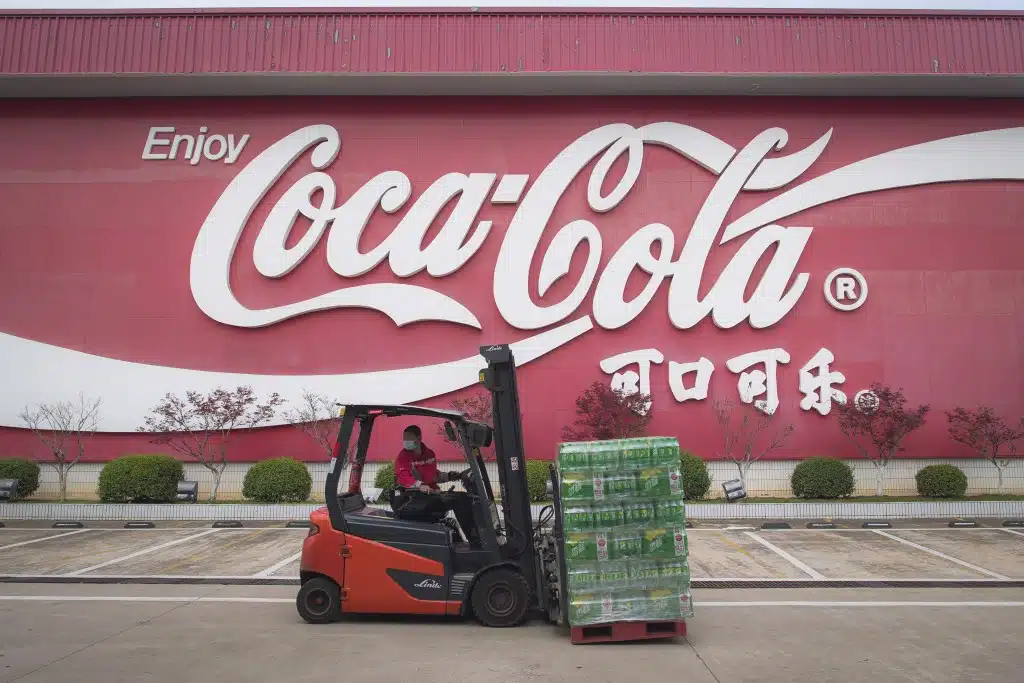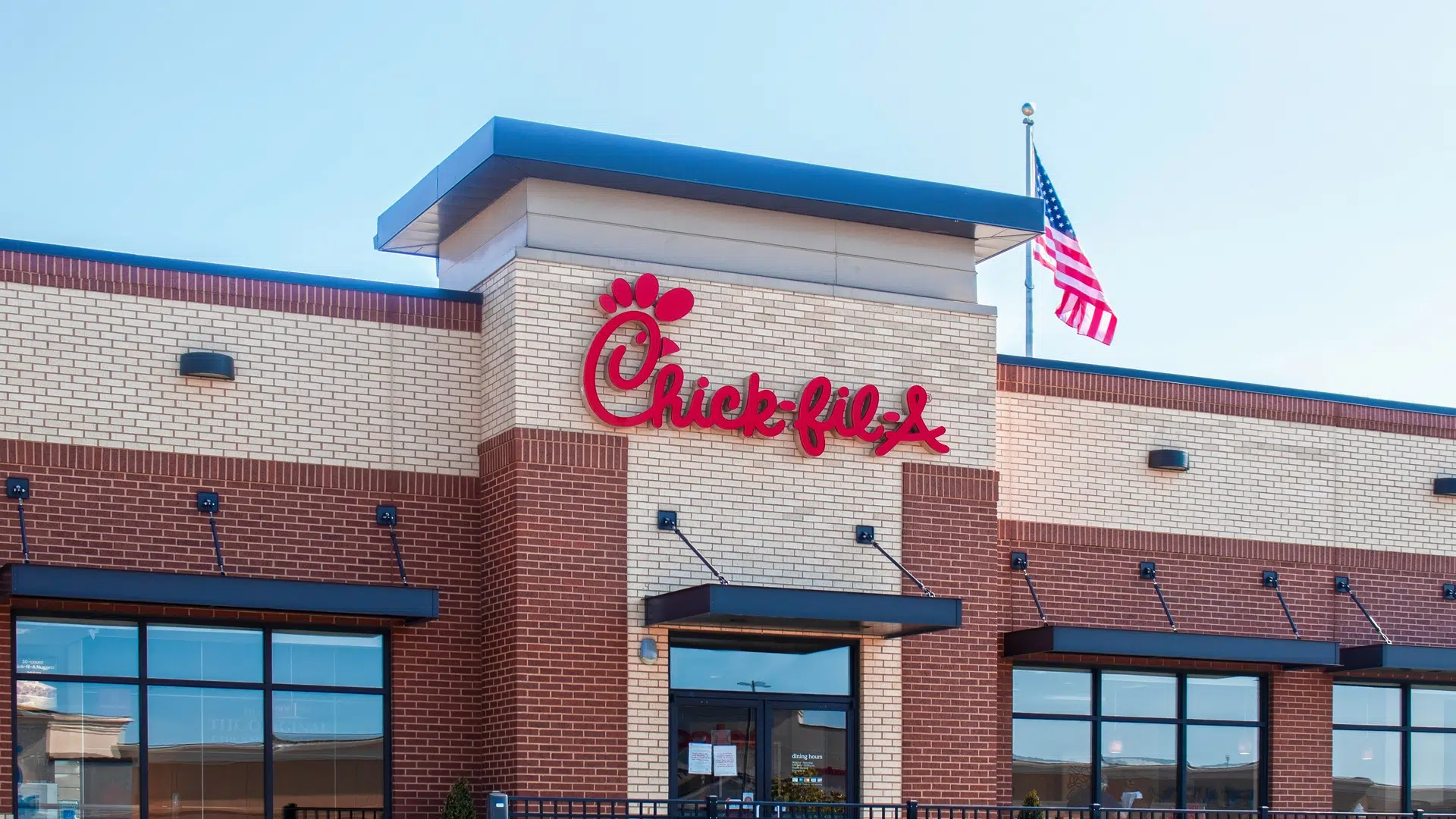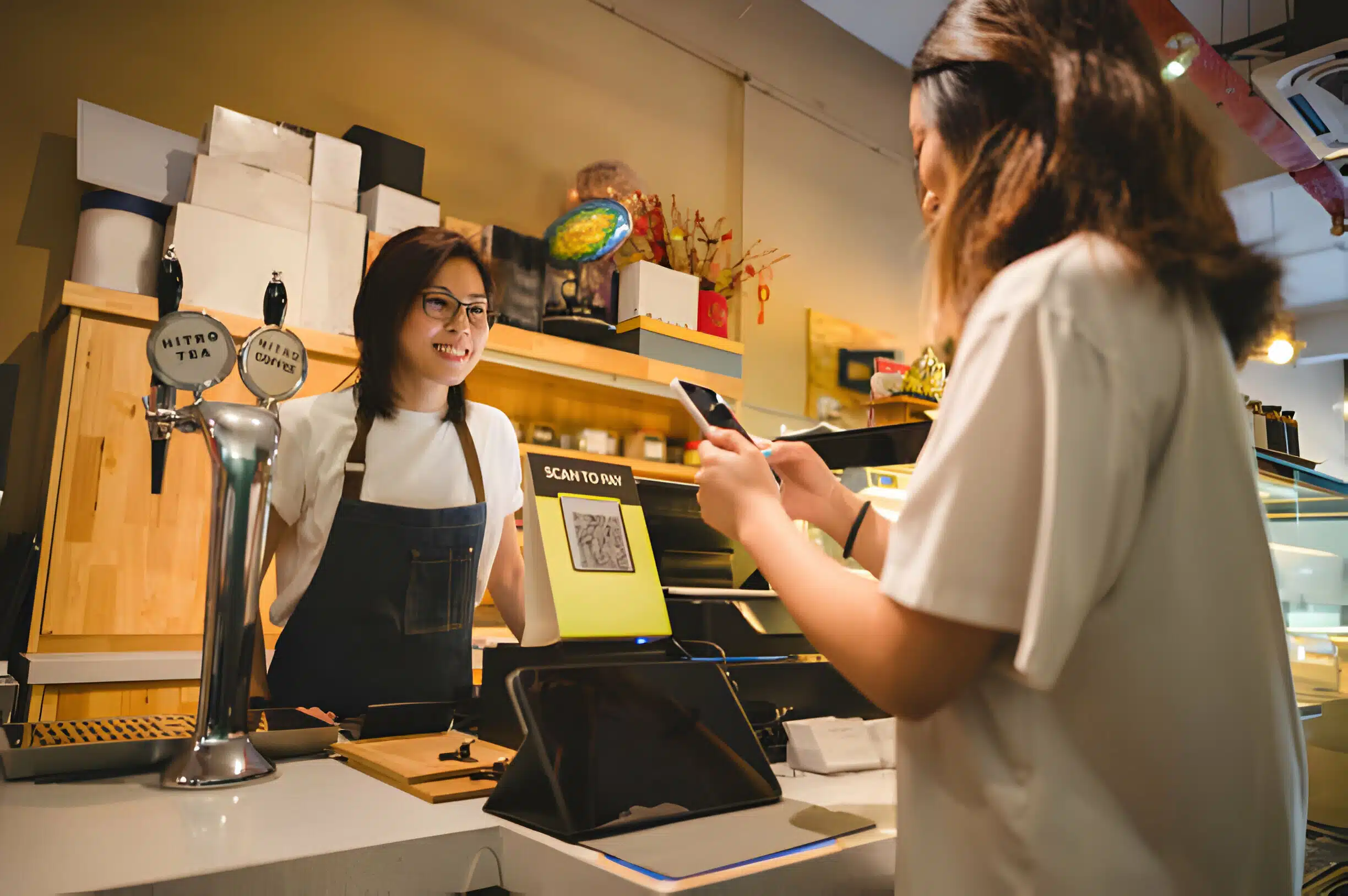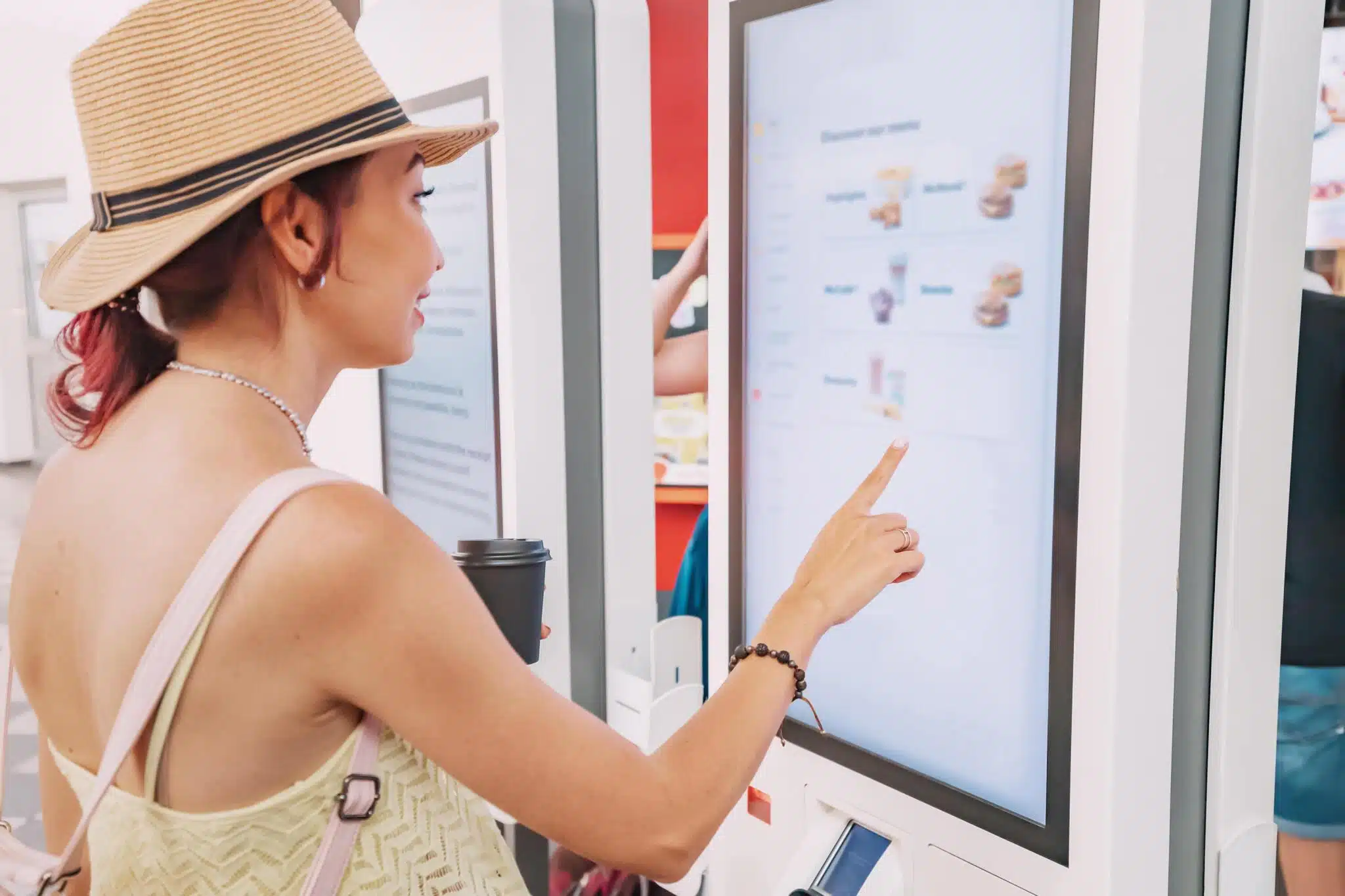The utilization of commercial drone delivery has gained remarkable traction in various industries, especially in the supply chain sector. It offers a promising avenue to transform the transportation of goods across the globe, providing faster and more effective delivery times, lowered costs, and enhanced flexibility.
Nonetheless, amidst the vast benefits that it presents, several obstacles and regulatory barriers must be conquered before commercial drone delivery can become a commonplace in both global and local supply chains. In this article, we will delve into the future of commercial drone delivery and analyze the prospects and hurdles that await this dynamic and fast-progressing technology.
Exploring the Prospects of Commercial Drone Delivery
Commercial drones are taking the logistics sector by storm, offering quicker, more affordable and more efficient delivery of goods and services. In emerging markets, drone delivery has emerged as a sought-after solution to address logistics challenges, especially the last-mile delivery which can cost up to half of all logistics expenses, as per the World Economic Forum. This is largely because of the inadequate infrastructure and vast distances between communities, which make traditional logistics solutions less effective.
While developed markets struggle with regulatory issues and concerns over safety and efficacy, investors and private firms are catching on to the great potential of drone delivery in emerging markets. They are investing in drone delivery firms in areas like Sub-Saharan Africa, where the technology can provide essential services to remote communities and tackle a range of logistics challenges.
Drone delivery is also a vital component in decarbonizing the transport sector, particularly in delivering medical supplies and e-commerce purchases. Some firms are experimenting with new, sustainable fuel sources to power their fleets. Additionally, drones are being increasingly used to gather data on agriculture, as farmers in emerging markets seek to enhance resource efficiency and crop yields through technology.
Revolutionizing Global and Local Supply Chains
Drones soaring through the skies, carrying packages and goods to their intended destinations, have been a buzz-worthy topic for years. This innovative technology has the potential to transform the traditional methods of transporting goods, both within local communities and on a global scale.
Despite the speedy advancement of drone technology, the regulatory framework governing its commercial use has been slow to catch up, leaving the future of drone delivery uncertain. This article delves into the possibilities that drone delivery presents for global and local supply chains, as well as the obstacles and openings that lay ahead.
Global supply chains
The advent of drone delivery presents a revolutionary prospect for enhancing global supply chains through improved efficiency, reduced costs, and accelerated delivery times. With the ability to transport small, lightweight items like medical supplies, documents, and spare parts over vast distances and remote areas, where traditional transport modes fall short, drones could have a tremendous impact on sectors like logistics, healthcare, e-commerce, and food deliveries which rely on prompt and secure deliveries.
Nevertheless, several challenges stand in the way of drone delivery’s widespread integration into global supply chains. Firstly, regulatory approval must be obtained as different countries have varying rules and restrictions governing commercial drone operations. Secondly, safety and security are paramount concerns as drones can pose risks to people, property, and other aircraft, particularly in congested areas. Thirdly, technological barriers need to be surmounted, as drones still face challenges navigating complex terrains, inclement weather, and avoiding obstacles.
Despite these challenges, numerous companies and governments are exploring drone delivery’s potential to revolutionize global supply chains. For example, Zipline has been delivering medical supplies to remote areas in Rwanda since 2016, with over 200,000 deliveries made to date. Wing, a subsidiary of Alphabet, has been delivering food, drinks, and household items in Australia since 2019, with plans to expand to other countries.
Local supply chains
Revolutionizing local supply chains, drone delivery holds the promise of enhancing last-mile delivery, cutting down on congestion, and curbing emissions. The final leg of the supply chain, where goods make their way from a distribution center to a customer’s doorstep, is often the most complex and expensive part of the process, entailing navigating through densely populated urban areas and delivering small parcels to various addresses.
By delivering packages and food orders straight to customers’ homes or businesses, drones can provide a more efficient and eco-friendly alternative to conventional last-mile delivery methods such as vans and trucks. This could result in less traffic congestion, reduced pollution, and faster delivery times while improving customer satisfaction. Nevertheless, local drone delivery confronts challenges like regulatory approval, security and safety issues, and technological restrictions.
Despite these challenges, several companies and governments are delving into the potential of drone delivery in local supply chains. Amazon, for instance, has been conducting trials of its Prime Air delivery service in the United States since 2016, intending to deliver packages weighing up to five pounds within half an hour. Similarly, JD.com has been using drones to transport packages to rural areas in China since 2016, with over 20,000 daily drone flights in certain regions.
Experience the Future of Supply Chain Innovation With SupplyCaddy’s Commercial Drone Delivery
Are you curious about the future of bagging your business in global and local supply chains? Look no further than SupplyCaddy, the industry leader in successful packaging With over 200,000,000 products delivered to satisfied clients, we take pride in treating every client with the same level of care and attention, whether you are a single-unit restaurant or a large chain.
Don’t miss out on the opportunity to stay ahead of the curve in supply chain innovation. Contact us today at [email protected] to learn more about how our drone delivery services can benefit your business and help you reach new heights in efficiency and customer satisfaction. The future is here, and it’s with SupplyCaddy.





















